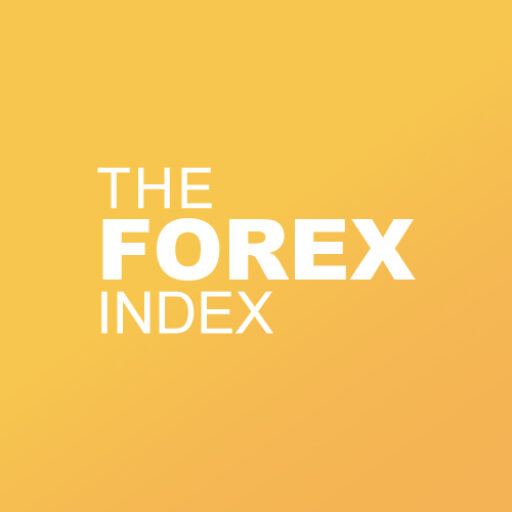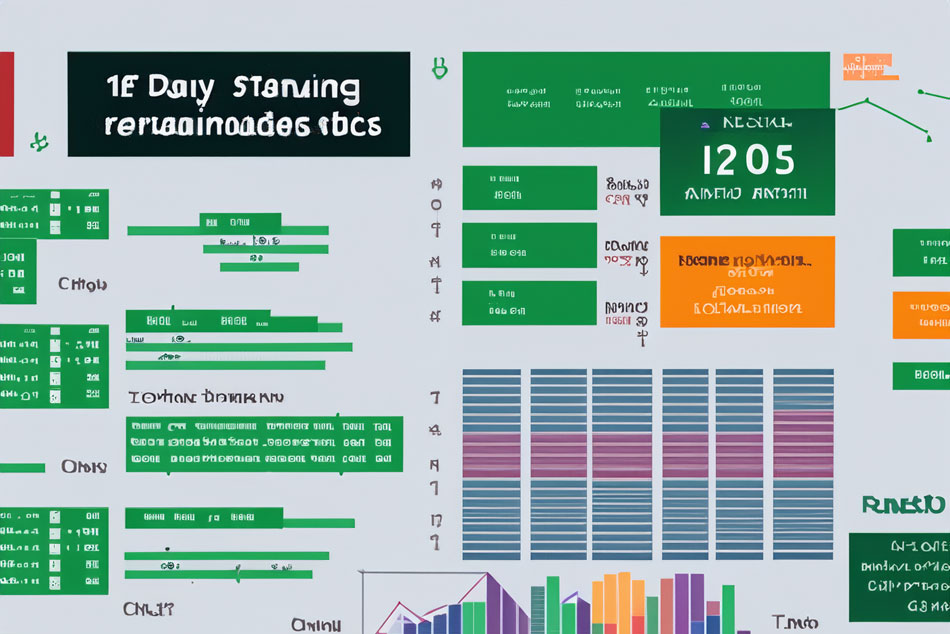If you’re considering stepping into the world of Forex trading, one crucial question you’ve likely asked yourself is, “how much money do I need to start?” This initial capital, often underestimated, plays a significant role in your future success. It is one of the key aspects that can make or break your trading journey. So let’s dive in and shed some light on the amount you need to invest when starting in Forex trading.
Understanding the Importance of Starting Capital in Forex Trading
Capital is king in trading, and in Forex, it holds the scepter. One of the most common pitfalls that new Forex traders stumble into is starting under-capitalized. The lure of opening accounts with as little as $100 can be tempting, but the stark reality is that it leads to a risk-ridden path. Forex brokers sometimes perpetuate this by offering account openings for as little as $5, thus nurturing a high-risk environment.
Taking larger risks to generate significant income from such a small starting amount often results in a cycle of loss. By risking more than 1% (max 3%) of your capital on each trade, you may find yourself rapidly burning through your initial investment. As a best practice, it’s advisable to adhere to this risk management principle, regardless of your account size.
| Broker | Minimum Deposit | |
|---|---|---|
 | $100 | Start Trading |
 | $100 | Start Trading |
Forex Day Trading: The Balancing Act of Risk and Reward
If you have a penchant for the fast-paced world of day trading in Forex, where positions are opened and closed within the same trading day, your capital requirements may differ. A day trader needs at least $2000 to $5000 as starting capital.
With an account balance of $3000, for instance, and adhering to the 1% risk rule ($30 or less per trade), you could generate around $60+ per day. A $5000 account increases this figure to a more comfortable $100+ per day.
Remember, these are rough estimates. It’s recommended to start trading in a demo account to get a better idea of your potential income before putting real money at risk.
Swing Trading in Forex: Catching the Market Waves
Swing trading is a trading style where positions are held for several days to weeks. It’s an attractive option for those who prefer not to be glued to their charts throughout the day. However, the capital requirements for this style are different from day trading.
With swing trading, trades need to be held through some market ups and downs before reaching the profit target. A risk of around 20 to 100 pips on a trade is typical, depending on the forex pair you’re trading. For this reason, it’s suggested that traders have a minimum of $500 to start swing trading.
However, starting with a higher amount, such as $5000, can provide an income stream of around $100 to $120 per week. Practice in a demo account before venturing into swing trading with real money, as this will give you a clearer idea of income potential.
Long-Term Forex Trades: Investing for the Future
For the patient ones, longer-term trading might be a preferable option. This involves keeping positions open for months to capture larger price moves. For such trades, a starting capital of at least $4000 is recommended.
Even here, the 1-2% risk rule holds, but the stop losses are usually placed further away from the entry point. Based on this strategy, traders can expect a monthly income of around $80 to $200 if they start with a balance of $4000 and risk 1% per trade.
Final Thoughts: Your Capital, Your Choice
In Forex trading, the size of your starting capital significantly impacts your potential income and overall trading experience. If slow growth aligns with your trading goals, you might start with as little as $500. However, starting with at least $1000 is generally recommended, irrespective of your trading style.
If your goal is to generate a steady income from Forex trading, consider a starting capital of at least $3000 for day trading, or $4000 for swing trading or investing. Remember, never risk more than 1-2% of your account on any single trade to safeguard your capital and ensure sustainability.
Forex trading presents an array of opportunities, but they must be navigated wisely. Practice your trading strategies, keep refining your skills, and above all, ensure your capital allocation aligns with your trading goals and risk tolerance.
Embrace the world of Forex trading armed with the right knowledge, strategies, and, most importantly, the appropriate capital. Happy trading!






